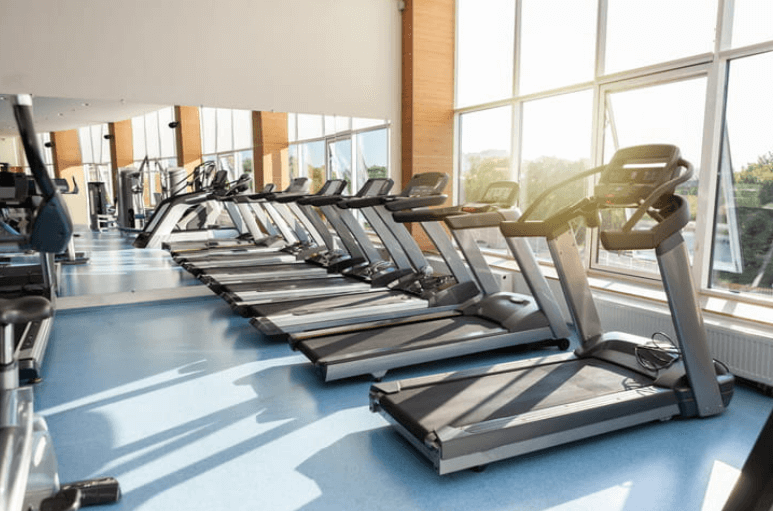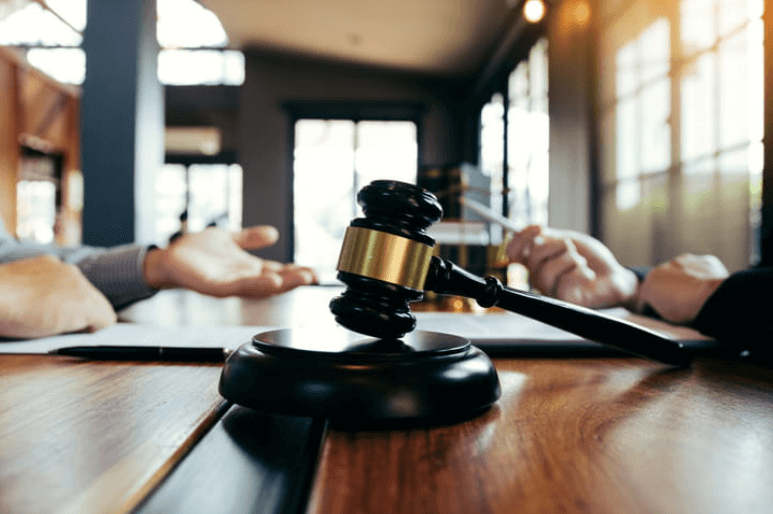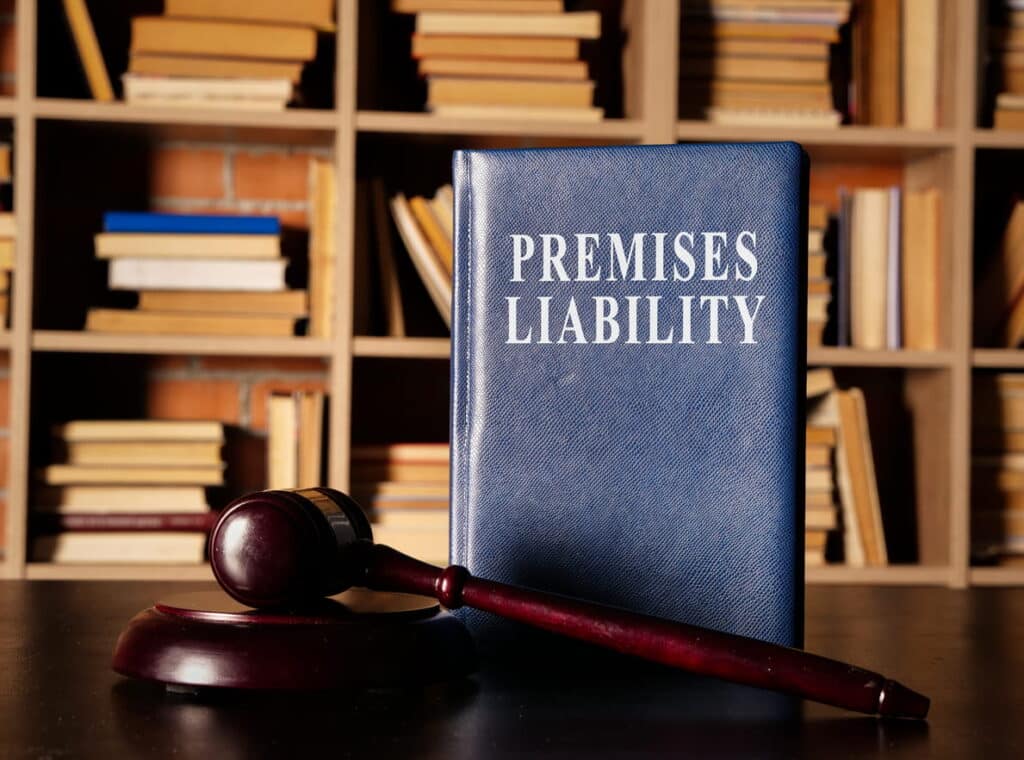A gymnasium, or gym, is a building or room used for physical exercise. Since schools use gyms for fitness classes and events, such as assemblies, most people are familiar with the term from a young age, and its definition has expanded. Today, people may say they’re going to the gym when they’re heading to a fitness center or exercise class.
The U.S. Department of Health and Human Services (HHS) reports that sports injuries sent over 1.9 million people to emergency rooms in 2012. According to the U.S. Centers for Disease Control and Prevention (CDC), between 2011 and 2014, the annual average of reported injuries from recreational activities or sports was 8.6 million, or approximately 23,500 injuries per day.
Those injured in gym accidents may wonder about their legal rights following a gym injury.
Learning about the types of venues that can be considered gyms, common gym injuries, steps gyms should take to prevent injuries, and liability for gym accidents can clarify if you have grounds to pursue a gym injury lawsuit.
START YOUR FREE CONSULTATION
NO FEES UNLESS WE WIN!
Types of gyms

Gyms vary and can include fitness facilities devoted to a single sport or fitness centers providing exercise equipment to patrons. Some of the most common “gym” and fitness facilities include the following:
- 24-Hour access gyms – 24-hour access gym patrons use a key card to enter the facilities and access gym equipment when they want to work out. These gyms vary in size, and the equipment available varies based on the owner’s objectives.
- Boot camps – Boot camps include outdoor programs and courses held in a gym. They aren’t available on a drop-in basis. Participants sign up for classes and receive training from an instructor.
- CrossFit gyms – CrossFit gyms provide cardio equipment and weights for people in training classes. These gyms are for class members and aren’t open to the general public.
- Fitness class facilities – Fitness class facilities are spaces devoted to popular activities such as Zumba, Yoga, dance, or Pilates.
- Membership gyms – Membership gyms are common, and they focus on selling memberships to people but don’t provide motivation to encourage people to set or achieve fitness goals.
- Training gyms – These gyms offer access to people in training programs. Patrons can choose between one-on-one training, small group sessions, or large group programs. Patrons don’t drop in to work out individually at random. Instead, they come for scheduled training sessions; only those signed up for training programs can access these facilities.
Do business laws apply to gyms?
Gyms must have a business license and follow applicable business laws. Suppose you run a gym in Nevada. You must maintain safe facilities and alert patrons to potential hazards. For example, suppose a leak or recent cleaning causes slippery floors in your facility. In that case, you’re required to display a wet floor sign. Otherwise, if a patron suffers a slip and fall injury, they could sue you.
Gym equipment

The type of gym equipment available varies based on the fitness center’s nature and objectives. However, some of the most common types of equipment include the following:
- Ellipticals
- Exercise bikes
- Rowing machines
- Treadmills
- Weights
Gyms may also have floor mats and designated spaces for interactive sports like racquetball, squash, and basketball. Gyms may also have class spaces where instructors lead workout sessions involving activities such as aerobics, Yoga, or martial arts.
Gym equipment and injury accidents
In 2021, exercise equipment caused over 409,000 injuries. Patrons may suffer gym injuries from defective gym equipment. When the equipment doesn’t work correctly, it can cause people to lose balance and fall or get their clothing or body stuck in the equipment.
In addition to slipping on wet surfaces, patrons may trip over items on the floor or uneven floor mats. People may also fall if they’re in a space with inadequate lighting and can’t see potential hazards they should avoid.
Patrons are also vulnerable to injuries if they don’t know how to use the equipment correctly or overexert themselves. It’s also possible for accidents to happen when people use equipment that’s familiar to them. In addition to the injuries from exercise equipment, another 375,797 people suffered injuries while using bicycles.
Types of gym injuries
Some of the most common gym injuries include the following:
- Strained muscles
- Back injuries
- Broken bones
- Neck injuries
- Dislocations
- Spinal cord injuries (SCIs)
- Traumatic brain injuries (TBIs)
Patrons may recover from minor gym injuries with rest. Severe gym injuries could require emergency medical care and hospitalization. The worst gym injuries can result in wrongful death if a person dies.
Safety measures to prevent gym injuries
Gym owners can implement safety measures to prevent gym injuries. Ways to prevent injuries include:
- Conduct regular facilities inspections
- Inspect and maintain equipment
- Keep facilities clean
- Provide water coolers to promote hydration
- Require staff to have First Aid and CPR certification
- Teaching patrons how to use equipment
Are gym owners liable for gym injuries?
Under premises liability law, property owners are responsible for ensuring their property is safe. When a person enters their property and sustains injuries, the property owner may be liable if they knew about the hazard and failed to notify the person about that hazard. Property owners may also be liable if they anticipate a potential safety issue. Suppose they know a pipe on the second floor is leaking. A person enters the first floor of the building and slips on a puddle of water. A gym injury lawyer could argue that the property owner should have anticipated that the leak would have dripped through to the first floor, creating a safety hazard.
What if you signed a waiver?
It’s common for fitness centers to require patrons to sign a waiver. These waivers typically use broad language to limit the fitness center’s liability. However, if a personal injury lawyer can demonstrate the facility’s reckless conduct or intentional negligence caused an injury, the gym may still be liable.
Gyms may be liable for failing to provide life-saving equipment
Some states require gyms to provide life-saving equipment, such as automated external defibrillators (AEDs). Courts may hold gyms legally responsible for injuries or wrongful death on their premises if they fail to provide AEDs, even if their state doesn’t require them to have this equipment on site.
Steps to take after suffering a gym injury
Your priority after sustaining a gym injury is to receive appropriate medical care. Following these additional steps can help you protect your legal rights:
- Take photos or videos of the scene – Visual evidence can be used in court to support your claims. For example, the gym could argue you were careless and tripped over an untied shoelace. However, a photo of a dumbbell on the floor could support your claim you tripped over gym equipment that wasn’t put away.
- Record the names of witnesses – Eyewitnesses can support your claims in court if the gym’s reckless conduct caused or contributed to your injury.
- File an incident report with the facility – Ensure you report your injury to the facility staff so it’s documented. Creating a paper trail helps prove the injury occurred at the gym.
- Contact a catastrophic injury attorney – Accident lawyers provide free consultations in person or over the phone. You can receive legal advice before you even see a doctor. Your lawyer will advise you of your rights and how to protect them.
- Complete all recommended medical tests – Whether you suffered a gymnastics injury, a workout wrist injury, or another type of injury, you must have a medical diagnosis and identify all injuries stemming from your accident to seek maximum compensation.
Medical treatment for broken bones or dislocations can cost thousands. In contrast, treatment for severe injuries can cost millions over a lifetime. Depending on the patient’s age and the severity of their injury, the lifetime costs of treating spinal cord injuries ranged from $1.2 to $5.4 million as of 2021.
How can a catastrophic injury lawyer help after a gym accident injury?

Adam S. Kutner Injury Attorneys provide expert legal services to victims of catastrophic injuries. Call us at 702.382.000 today to discuss your case and find out how we can help you win your legal case after your catastrophic injury. In addition to free consultations, we don’t charge any fees until we win your case, allowing you to focus on your recovery while we get you fair compensation for your injuries.

Las Vegas Premises Liability Testimonial
“Everybody was really good about keeping me updated
The whole staff was very friendly, And provided great customer service. I’m happy with this Office.”
START YOUR FREE CONSULTATION
NO FEES UNLESS WE WIN!
SE HABLA ESPAÑOL
Call Now! Free Consultation!

Adam S. Kutner
PERSONAL INJURY LAWYER
With more than 33 years of experience fighting for victims of personal injury in the Las Vegas Valley, attorney Adam S. Kutner knows his way around the Nevada court system and how to get clients their settlement promptly and trouble-free.












